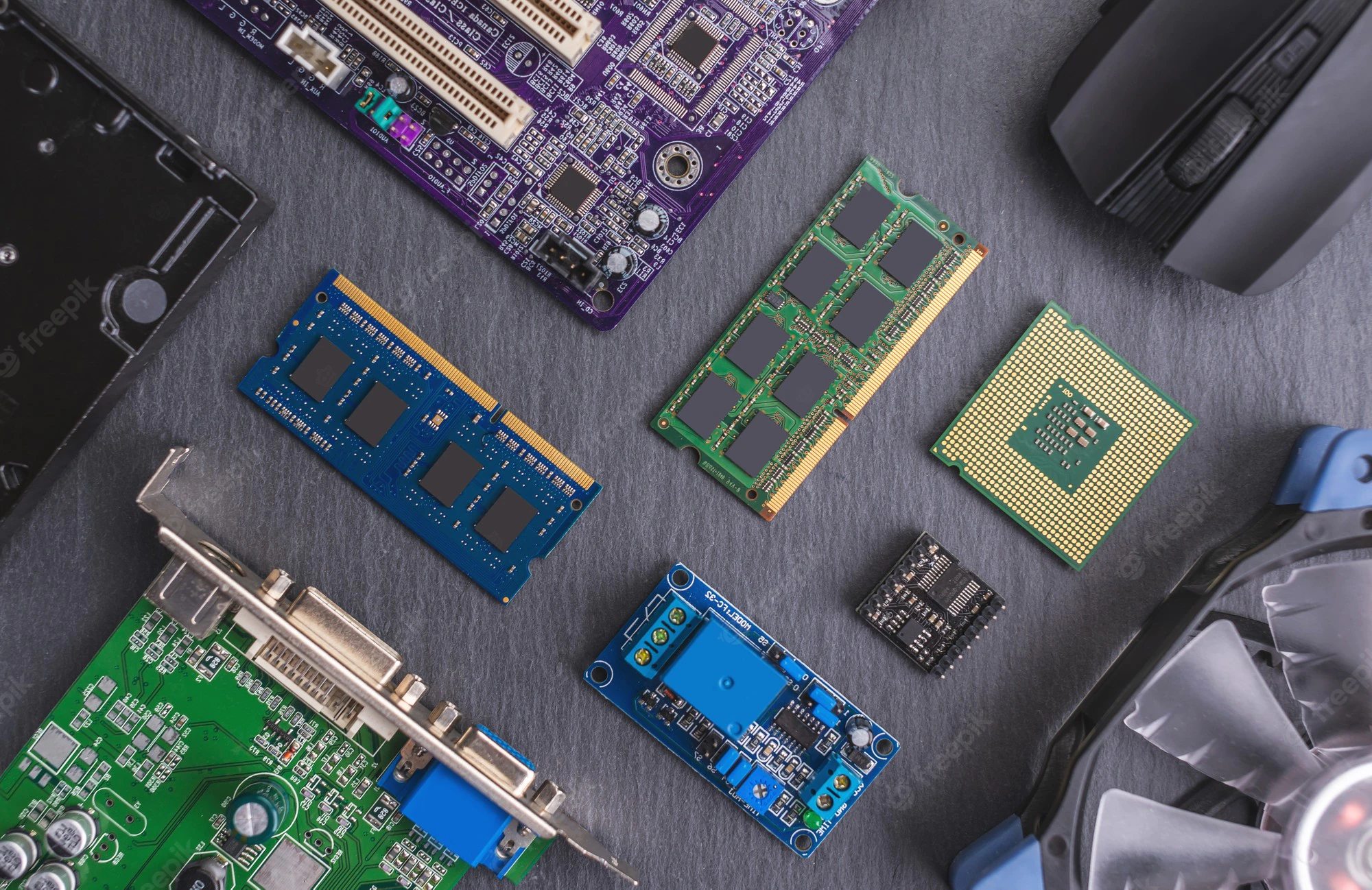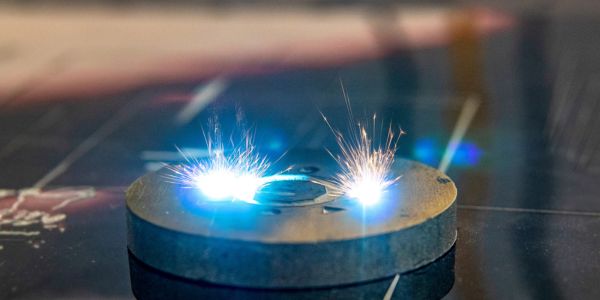Table of Contents
Introduction
Nanophotonics, an exciting and rapidly evolving field, combines the power of nanotechnology and photonics to manipulate light at the nanoscale. By harnessing the properties of light and integrating them with nanoscale materials, researchers are unlocking a multitude of applications in various domains, ranging from telecommunications and information processing to medicine and energy.
What is Nanophotonics?
Nanophotonics refers to the study and utilization of light at the nanoscale, where light interacts with structures that are smaller than the wavelength of light itself. It involves the manipulation, generation, and detection of light using materials and devices at the nanometer scale. This field leverages the unique properties of nanoscale structures, such as plasmonics, photonic crystals, and metamaterials, to control and manipulate light with unprecedented precision.
Advancements and Applications
Enhanced Optoelectronic Devices
Nanophotonics has revolutionized the design and functionality of optoelectronic devices. By integrating nanoscale components, such as nanowires, quantum dots, and nanoantennas, researchers have achieved enhanced light-emitting diodes (LEDs), solar cells, photodetectors, and lasers. These advancements offer improved efficiency, higher performance, and smaller form factors, paving the way for next-generation electronics and energy conversion devices.
Information Technology and Telecommunications
The exponential growth in data transmission demands faster and more efficient communication technologies. Nanophotonics has emerged as a promising solution for addressing these challenges. Researchers are exploring novel ways to use nanoscale waveguides, plasmonic devices, and nanostructured materials to develop high-speed data transmission systems, ultra-compact photonic circuits, and optical interconnects.
These advancements hold the potential to revolutionize information technology and enable faster and more reliable communication networks.
Biomedical Applications
Nanophotonics has made significant strides in the field of biomedicine. By leveraging the unique interactions between light and nanoscale structures, researchers are developing advanced imaging techniques, biosensors, and targeted drug delivery systems. For instance, plasmonic nanoparticles can be used to enhance imaging resolution in techniques like super-resolution microscopy.
Nanophotonic sensors offer the ability to detect and analyze biological molecules with exceptional sensitivity, enabling early disease diagnosis and personalized medicine.
Energy Harvesting and Sustainability
Efficient energy harvesting and sustainable energy solutions are crucial for our future. Nanophotonics plays a vital role in these domains by enhancing the performance of solar cells and enabling the development of new energy conversion and storage technologies. Nanoscale materials, such as perovskites and quantum dots, are being explored to improve the efficiency and cost-effectiveness of photovoltaic devices.
The nanophotonic structures can be used to enhance light trapping and absorption, leading to more efficient solar energy utilization.

Future Perspectives and Challenges
The field of nanophotonics holds immense promise for various applications, but it also presents significant challenges. Researchers are striving to overcome obstacles such as fabrication techniques, scalability, and integration with existing technologies. Additionally, the understanding and control of nanoscale light-matter interactions continue to be areas of active research.
However, with continued advancements in nanofabrication techniques, computational modeling, and material science, the future of nanophotonics looks bright. The field has the potential to revolutionize multiple industries, ranging from electronics and telecommunications to healthcare and renewable energy.
From enhanced optoelectronic devices and high-speed telecommunications to biomedical advancements and sustainable energy solutions, nanophotonics is reshaping multiple industries. As research progresses, we can expect further breakthroughs in this field, unlocking exciting possibilities for a brighter future.
FAQ
What are the main applications of nanophotonics?
Nanophotonics has various applications, including optical computing, data storage, telecommunications, solar energy harvesting, biosensing, quantum information processing, and enhanced imaging techniques.
How does nanophotonics differ from traditional photonics?
Nanophotonics extends the principles of traditional photonics to the nanoscale. It explores light-matter interactions in structures with dimensions comparable to or smaller than the wavelength of light, enabling new phenomena and functionalities not achievable with bulk materials.
What are plasmonics and their role in nanophotonics?
Plasmonics is a subfield of nanophotonics that focuses on the interaction between light and surface plasmons, collective oscillations of electrons on metal surfaces. Plasmonic structures can confine and manipulate light at subwavelength scales, enabling enhanced light-matter interactions and sub-diffraction-limited imaging.
How does nanophotonics contribute to quantum technologies?
Nanophotonics plays a crucial role in quantum technologies by enabling the manipulation and control of quantum states of light and matter. It facilitates the creation of on-chip quantum devices, such as quantum dots, nanowires, and photonic circuits, for quantum computing, quantum communication, and quantum sensing applications.
What are photonic crystals, and how are they used in nanophotonics?
Photonic crystals are periodic structures with a periodic variation of refractive index, creating a bandgap that restricts the propagation of certain wavelengths of light. They can be used to control and manipulate light at the nanoscale, offering functionalities such as waveguiding, filtering, and efficient light extraction.
How does nanophotonics contribute to energy-related applications?
Nanophotonics offers opportunities for energy-related applications, such as enhancing solar energy harvesting through the use of plasmonic nanoparticles or photonic structures that enhance light absorption and trapping. It also enables efficient light-emitting diodes (LEDs), solid-state lighting, and energy-efficient displays.
What are the challenges in fabricating nanophotonic devices?
Fabricating nanophotonic devices involves overcoming challenges such as nanoscale fabrication techniques, precise control of material properties, achieving low-loss light confinement, and integrating different components on a single chip. These challenges require advanced nanofabrication methods and material engineering.
How does nanophotonics contribute to biomedical applications?
Nanophotonics has significant implications for biomedical applications, including label-free biosensing, optical imaging, and targeted drug delivery. It enables sensitive and specific detection of biomolecules, high-resolution imaging at the cellular level, and localized delivery of therapeutic agents.
What are some emerging trends in nanophotonics research?
Emerging trends in nanophotonics research include the development of 2D materials, such as graphene and transition metal dichalcogenides, for nanoscale light manipulation; the integration of nanophotonics with quantum technologies for scalable quantum information processing; and the exploration of topological photonics for robust light propagation and manipulation.
References
1. Article: “Nanophotonics: Manipulating Light with Plasmons”
Authors: Mark L. Brongersma, Vladimir M. Shalaev, and Pieter G. Kik
Journal: Science
DOI: 10.1126/science.1248782
Link: [Science – Nanophotonics: Manipulating Light with Plasmons](https://science.sciencemag.org/)
2. Article: “Nanophotonics: Combining Photonics and Nanotechnology”
Authors: Paras N. Prasad
Journal: Chemical Physics Letters
DOI: 10.1016/j.cplett.2004.03.105
Link: [Chemical Physics Letters – Nanophotonics: Combining Photonics and Nanotechnology](https://www.sciencedirect.com/science/article/pii/S0009261404003542)
3. Book: “Nanophotonics: Devices, Circuits, and Systems”
Authors: Richard W. Ziolkowski and Jung-Tsung Shen
Publisher: CRC Press
ISBN: 978-1439806253
Link: [CRC Press – Nanophotonics: Devices, Circuits, and Systems](https://www.crcpress.com/Nanophotonics-Devices-Circuits-and-Systems/Ziolkowski-Shen/p/book/9781439806253)
4. Article: “Nanophotonics: Emerging Trends and Challenges”
Authors: Dinakaran Ramanathan, Sathyadevi Palaniappan, and Vijayakumar Subramani
Journal: Journal of Materials Science: Materials in Electronics
DOI: 10.1007/s10854-018-0053-4
Link: [Journal of Materials Science: Materials in Electronics – Nanophotonics: Emerging Trends and Challenges](https://link.springer.com/article/10.1007/s10854-018-0053-4)
5. Article: “Nanophotonics: Integrating Colloidal Quantum Dots into Photonic Devices”
Authors: Victor I. Klimov
Journal: Nature Materials
DOI: 10.1038/nmat2222
Link: [Nature Materials – Nanophotonics: Integrating Colloidal Quantum Dots into Photonic Devices](https://www.nature.com/articles/nmat2222)
Also, read Oskar Sala






























Comment on “Nanophotonics: Exploring the World of Light at the Nanoscale”
Comments are closed.